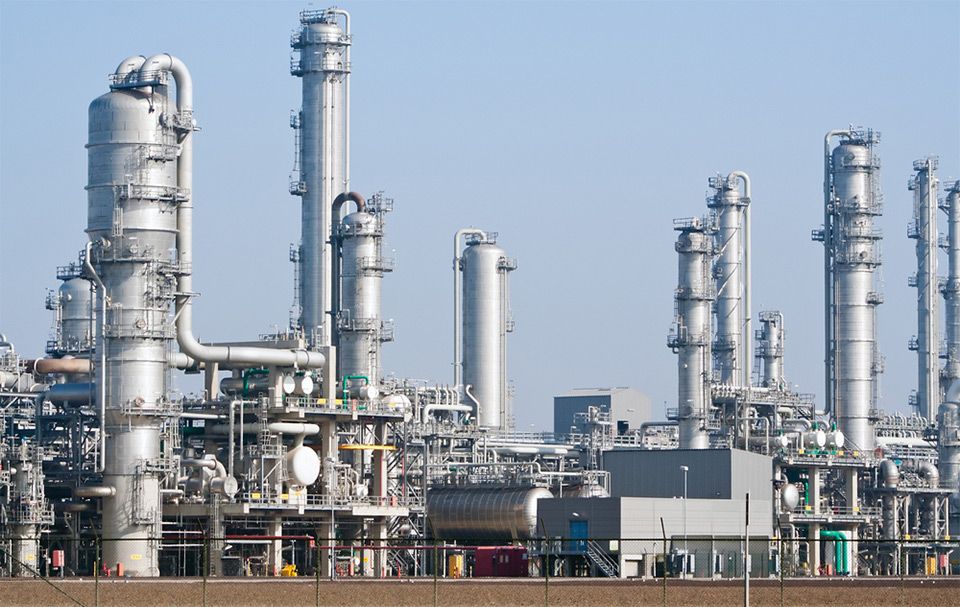Trading activity in the stock market embarked on a downtrend at the start of the session on Thursday, only to witness a swift turnaround in the subsequent hours, buoyed by a surge in buying activity, particularly within the oil sector. The dynamic performance of refinery stocks also came into focus during the latter half of the session, signaling a resilient market response to the Refinery Policy’s approval.
While there were notable gains in certain sectors, Engro Corporation Ltd’s underwhelming payout disappointed investors. Moving ahead, investment experts suggest adopting a strategic “buy-on-dips” approach in sectors such as banking, exploration and production, and textiles. This eventful trading day culminated in the KSE-100 index settling at 48,325.84 points, marking a 0.37% increase of 179.40 points from the previous session.
As the market narrative unfolded, JS Global highlighted a significant surge in buying activity, particularly within the oil stocks segment, during the later hours of the trading session. This turnaround in sentiment showcased the inherent resilience and adaptability of the market, which reacted to changing dynamics and opportunities.
Amid this shift, refinery stocks emerged as star players during the latter half of the session. Notably, Attock Refinery Ltd, National Refinery Ltd, and Pakistan Refinery Ltd regained their upward momentum after a period of correction that followed the approval of the Refinery Policy. This dynamic demonstrates the market’s ability to absorb and respond to policy changes, reflecting its intricate connection with regulatory decisions.
However, not all news was met with enthusiasm. Engro Corporation Ltd’s announcement of a payout that fell short of market expectations disappointed investors. This underwhelming performance underscored the challenges companies face in meeting investor projections, shedding light on the delicate balance between market anticipation and corporate realities.
In light of these developments, JS Global offered strategic guidance for future market participation. The firm recommended investors consider a “buy-on-dips” approach, focusing on sectors with potential for growth. Specifically, sectors such as banking, exploration, production, and textiles were highlighted as areas of interest for investors seeking favorable entry points.
This eventful trading day concluded with the KSE-100 index closing at 48,325.84 points—a noteworthy increase of 179.40 points, or 0.37%, from the preceding session. This uptick in the index, despite the initial negative sentiment, mirrors the market’s resilience and ability to adapt to changing dynamics.
As the dust settled, the trading statistics revealed notable insights. The trading volume saw a substantial 16.6% increase, amounting to 226.9 million shares. However, the traded value experienced a 30.6% decline, reaching Rs10 billion on a day-on-day basis. This intricate interplay of volume and value underscores the dynamic nature of market participation.
Several key players made significant contributions to the trading volume, including Dewan Automotive Engineering Ltd, JS Bank Ltd, Pakistan Refinery Ltd, Oil and Gas Development Company Ltd, and Pakistan Petroleum Ltd. Their collective impact on trading highlights the diversity of sectors and companies that influence market dynamics.
Among the most notable movers and shakers were companies witnessing remarkable increases in share prices. Ismail Industries Ltd, Sanofi-Aventis Pakistan Ltd, Exide Pakistan Ltd, Pakistan Tobacco Company Ltd, and Systems Ltd experienced substantial gains in absolute terms, further adding to the day’s market narrative.
Conversely, certain companies experienced declines in their share prices. Sapphire Fibres Ltd, Rafhan Maize Products Company Ltd, Philip Morris Pakistan Ltd, Murree Brewery Company Ltd, and Engro Corporation Ltd recorded notable decreases in absolute terms.
On the global front, foreign investors showcased interest as net buyers, purchasing shares worth $1 million—a testament to the market’s appeal on an international scale.
This trading day’s roller-coaster ride captured the market’s adaptive nature, resilience, and sensitivity to both policy changes and corporate performance. The oscillating sentiments, dynamic shifts, and strategic recommendations from experts collectively portray a market ecosystem that thrives on challenges and opportunities alike.






